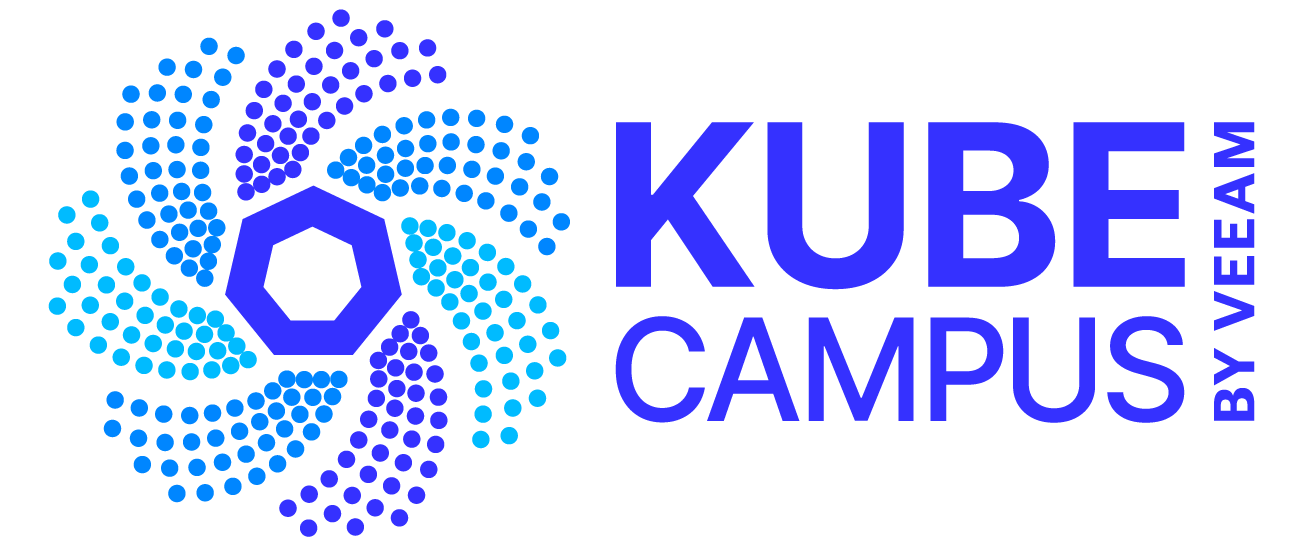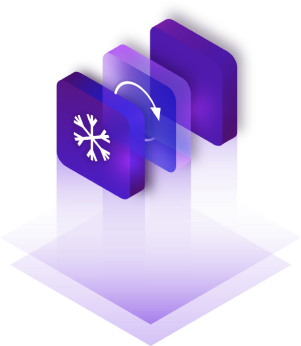Application Consistency | Course 4 Background
Welcome to Lab 4 in the Kasten Kubernetes Learning series.
Complete the lab to learn how Kubernetes-native application backup and recovery works using Kasten K10 by Veeam and Kanister, an open-source project by Kasten that enables backup and restore of application data on Kubernetes. It also enables the creation of data management tasks in blueprints which can be easily shared.
Kasten K10 and Kanister
Purpose-built for Kubernetes, Kasten K10 provides enterprise operations teams an easy-to-use, scalable and secure system for backup/restore, disaster recovery, and mobility of Kubernetes applications.
For stateful, cloud-native applications, data operations must often be performed by tools with a semantic understanding of the data. The volume-level primitives provided by orchestrators are not sufficient to support data workflows such as backup/recovery of complex, distributed databases.
The open-source project Kanister was created to bridge this gap between operational requirements for these applications and Kubernetes. Kanister is a framework to support application-level data management in Kubernetes. It lets developers define relationships between tools and applications, then makes running those tools in Kubernetes simple.
The Kasten K10 platform uses the Kubernetes Custom Resource Definitions (CRDs) provided by Kanister for data management to enable domain experts to capture application-specific data management tasks in blueprints, which can be shared easily and extended. The framework takes care of the tedious details around execution on Kubernetes and presents a homogeneous operational experience across applications at scale. Further, it gives the user a natural mechanism to extend the Kasten K10 platform by adding personal code to modify any desired step performed for data lifecycle management.
About the lab
There are 12 challenges to complete within the lab. Each challenge consists of a question to be answered or commands to be completed successfully to move onto the next challenge.
Important: On multiple-choice questions, note that more than one answer may be correct. The lab is timed, so it’s best to complete in one sitting.
Is there pre-work for the lab?
Yes. Be sure to complete reading and studying this blog post, the video lab showing the work to be performed during the lab, and the accompanying slides.
What is the structure of the lab?
The lab consists of two sections, each approximately 30 minutes long. (Your time may vary, depending on how quickly you pass either section.)
Section 1 — Background on Backup Functionality
This section will cover background topics and terminology for the relevance and use of backup in the Kubernetes world. Each topic will provide some review material on-screen first then pose a challenge question. You must answer the question correctly to proceed to the next section. This section includes the following topics:
- Kasten K10 and Kanister Background
- Kasten K10 Concepts- Actions, Policies and Profiles
- Introducing Kanister Enabled Applications in Kasten K10
- Obtaining an Application-Consistent Backup with the Quiescing Function
Section 2 — Hands-on Commands – Back up an application
This section will cover Kubernetes keyboard commands needed to install Kasten K10, configure an object storage backup, and perform and restore a logical backup in Kubernetes. Specific commands covered include:
- Installing Kasten K10 tooling
- Configuring an Object Storage Backup Location (MinIO)
- Installing MySQL and Creating a Demo Database
- Kasten K10 backup policies and local configuration
- Performing Logical Backup using Kasten K10
- Restoring the Application – Simulating a disaster and restoring using Kasten K10Note: Additional Learning
To extend the learning experience, Kasten offers a variety of resources such as whitepapers, case studies, data sheets and eBooks on Kubernetes backup.
Follow this link https://www.kasten.io/kubernetes/resources to explore these learning materials!

